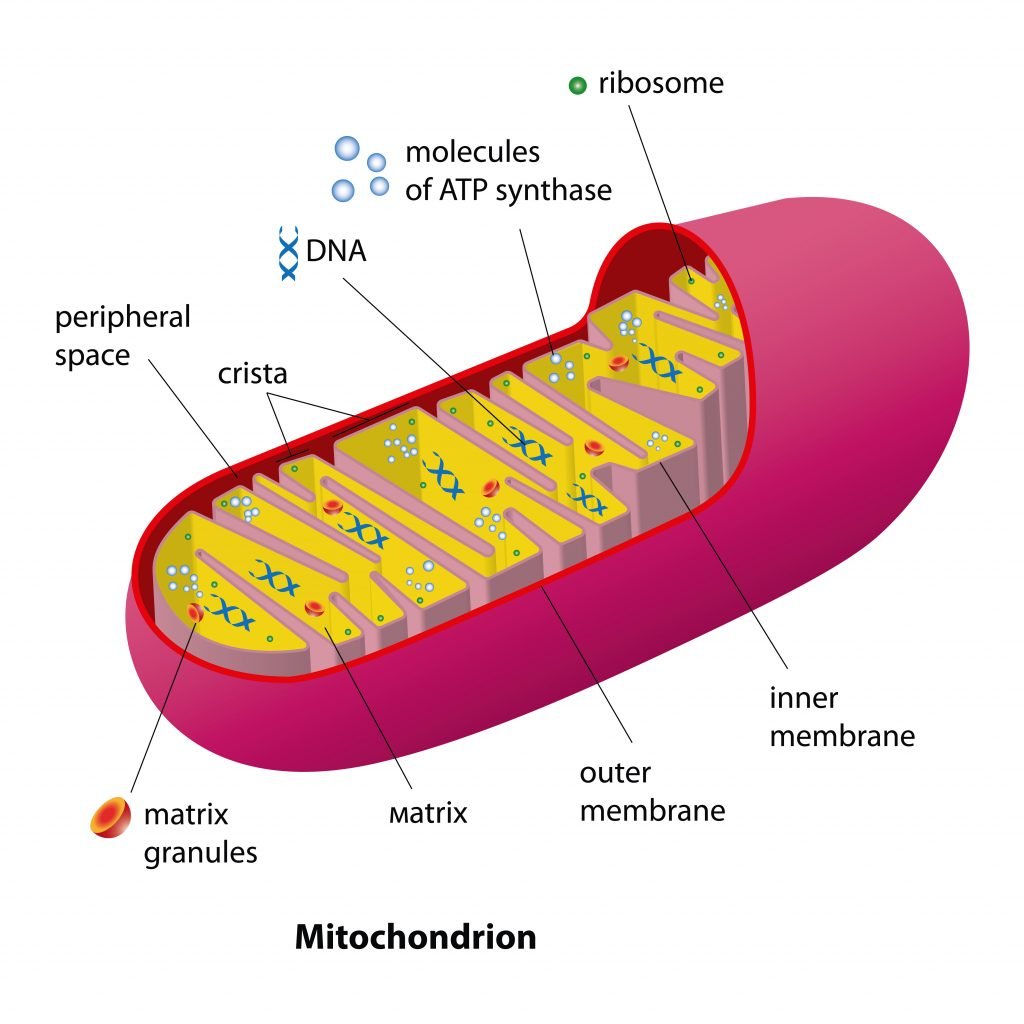You might want to break out some sticky Sativa and start grinding because I’ve got some pretty groundbreaking stuff coming your way. This series of articles will talk about how cannabis can have a paradoxical effect on our brains by protecting certain areas and slowing the aging process.
Cannabinoid agonists, or chemicals that bind to cannabinoid receptors, were once thought to impair the function of neurons in your brain. Recently, however, they are showing promise in addressing the cognitive deficits of neurodegenerative disorders such as Alzheimer’s disease and multiple sclerosis.
Since the varied protective mechanisms employed by cannabis can feel like a big bong hit of information, I’ve decided to give it to you micro-dose style so you can get the most out of it.
The brain and central nervous system as a whole are extremely metabolically active. They comprise only 2% of our body weight yet consume 20% of our metabolic caloric demands. The synaptic junction between nerves is a region of high energy demand and requires constant trafficking of mitochondria to this region.
The Mitochondria are responsible for maintaining the delicate balance of energy production while protecting against the free radical by-products formed in the process. Free radicals are generally highly reactive, short-lived molecules.
Cannabinoid receptor signaling between the nucleus and the mitochondria is vital to ensuring that energy and housekeeping needs are met. It comes as no surprise then that the effect of cannabis on brain functioning is worth discussing.
As we age this signaling path stops being as robust, which leads to energy imbalance and toxin buildup. The loss and dysregulation of synaptic mitochondria may be an important pathogenic factor in the progression of cognitive decline. In simpler terms, the aging of the mitochondrial function may be an important factor leading to mental deterioration.
The cognitive effects that we observe in a pathologically aging brain result from alterations in nerve connectivity. Neighboring neurons in the brain are meant to transmit messages across the synapse between one another, but in an aging brain, they start becoming less successful in transmitting these messages.
This pattern of oxidative damage forms the basis of accelerated disconnection between the nerve synapses demonstrated in neurodegenerative disorders like Alzheimer’s disease and Huntington’s.
The fundamental core of senescence, the process of deterioration, or aging of all cells in general is based on the accumulation of oxidative damage to lipid membranes and genetic material. Free radical destruction of nerve fibers and their insulating myelin envelope leads to shrinkage of white matter brain volume and expansion of cerebrospinal fluid volume.

Fortunately for us, phytocannabinoid molecules in cannabis, such as THC and CBD, have anti-oxidant effects both while bound to the brain receptor and while free in solution. While unbound to its receptor, THC has a direct buffering capacity to neutralize these ballistic free radical electrons before they can shred lipid membranes and genetic material.
Once cannabinoids bind to their intracellular cannabinoid receptor targets, they start a cascade of homeostatic mechanisms and essentially turn on genes involved in mitochondrial defense against free radicals. Cannabinoid receptor signaling turns on a key regulatory gene that upregulates 3 key mitochondrial antioxidant systems. This brings me to a very important and little-known facet of our endocannabinoid systems.
Most of our cannabinoid receptors exist inside the cell, not on the cell’s exterior cell membrane. The CB1 receptors that live on the mitochondrial membrane respond to insult by protecting the mitochondrial components called cytochromes from leaking out of the cell when confronted with oxidative insult.
CB1 receptors live right on the surface of the mitochondrial membrane. Interestingly, when the cell receives a signal from the binding of cell membrane CB receptors, the signal is transmitted to the mitochondria first and then to the nucleus. This relationship is instinctive as the nucleus acts largely as the central command and the mitochondria as the powerhouse behind it.
Further, the endocannabinoid system slows down aging by protecting the separation of charge to keep our energy currency of ATP pumping out. Mitigating calcium pore formation and leakage of toxic glutamate from cells prevents the dysregulated neuronal activity behind the progression of aging nerve cells.
In short, keeping our endocannabinoid system in balance supports the energy source that keeps us alive. Functioning can be extremely useful for the aging population.
Thanks for stopping by and checking out my blog on the intriguing topic of healthy mitochondria, cannabis, and brain functioning. Educating the community about the effects cannabis has on brain functioning with high-quality, peer-reviewed data brings me great joy. The pinnacle of fulfillment for me comes from helping a human live longer and healthier through useful wisdom. At the heart of the matter, destigmatizing cannabis and the effect it has on the brain will be a slow process. This will only be made possible by demystifying the public regarding cannabis data that is driven by scientific rigor rather than special interest folklore. Deliberate dissemination of credible info over time will change the breakthrough knowledge of today into the common knowledge of the future.